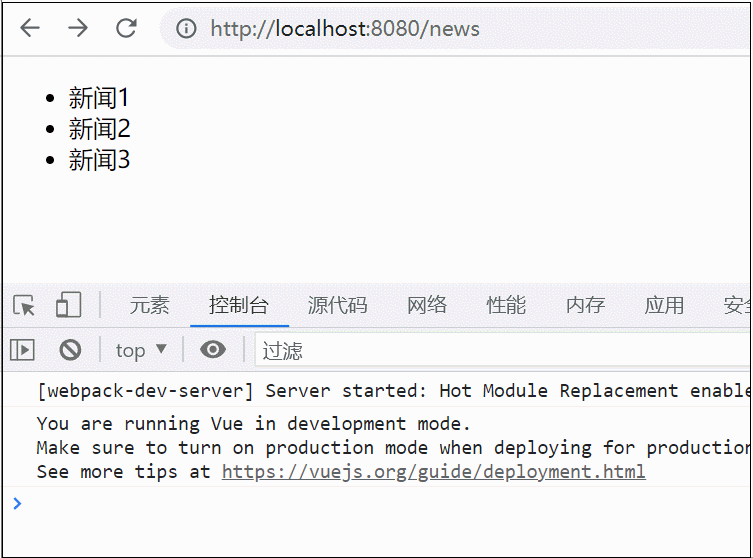前言
本文的目标是通过下文介绍的适配方案,使用vue或react开发移动端及H5的时候,不需要再关心移动设备的大小,只需要按照固定设计稿的px值布局,提升开发效率。
下文给出了本人分别使用create-react-app搭建的react(create-react-app)项目和使用vue-cli 2.x 搭建的vue项目中的 亲测可用 配置方案。
px2rem或postcss-px2rem
- 在移动端中,为了设配不同的设备,通常使用rem来做适配。
- rem是通过根元素进行适配的,网页中的根元素指的是<html>,我们通过设置<html>的字体大小就可以控制 rem 的大小(1rem = 1根元素字体大小)。
- 可见,只要我们根据不同屏幕(使用css媒体查询或js)设定好根元素<html>的字体大小,其他已经使用了rem单位的元素就会自适应显示相应的尺寸。
- 设计稿一般是按照一种特定设备型号(如iphone6)为基础且以px单位来定义样式,为了让设计稿能够通用在不同的设备型号中,则存在着从px到rem的繁琐计算转化过程,因此需要更加科学的方式来使用rem单位。
- px2rem或postcss-px2rem的原理:将css中px编译为rem,配合js根据不同手机型号计算出dpr的值,修改<meta>的viewport值和置<html>的font-size。
项目中的使用
recat项目配置postcss-px2rem
首先,我们使用 react 的脚手架 create-react-app 初始化一个 webpack 项目(前提是已经安装过create-react-app,具体不再阐述)。
create-react-app my-app
暴露webpack配置,即 react-scripts 包:
yarn eject
使用yarn 安装项目所需依赖后,安装 lib-flexible 、 postcss-px2rem 和 postcss-loader:
yarn add postcss-px2rem lib-flexible yarn add postcss-loader --dev
在入口页面 index.html 中设置<meta>标签:
<meta name="viewport" content="width=device-width,inital-scale=1.0, maximum-scale=1.0,minimum-scale=1.0,user-scalable=no">
然后在项目入口文件 index.js 中引入 lib-flexible:
import 'lib-flexible';
接着,在项目config目录下的 webpack.config.js 中引入 postcss-px2rem :
const px2rem = require('postcss-px2rem')
同时,在 webpack.config.js 的 postcss-loader loader里面添加 :
{
loader: require.resolve('postcss-loader'),
options: {
/* 省略代码... */
plugins: () => [
require('postcss-flexbugs-fixes'),
require('postcss-preset-env')({
autoprefixer: {
flexbox: 'no-2009',
},
stage: 3,
}),
px2rem({remUnit: 37.5}), // 添加的内容
/* 省略代码... */
],
sourceMap: isEnvProduction && shouldUseSourceMap,
},
},
最后,使用 yarn start 重启项目,则会发现项目中的postcss-px2rem配置完成。
vue项目配置px2rem
首先,我们使用 vue 的脚手架 vue-cli 初始化一个 webpack 项目(前提是已经安装过vue-cli,具体不再阐述),一些选项根据自己项目需要选择。
vue init webpack my-app
命令执行之后,会在当前目录生成一个以“my-app”命名的项目文件夹。进入项目目录:
cd my-app
使用yarn 安装项目所需依赖后,安装 lib-flexible 和 px2rem-loader:
yarn add lib-flexible yarn add px2rem-loader --dev
在入口页面 index.html 中设置<meta>标签:
<meta name="viewport" content="width=device-width,inital-scale=1.0, maximum-scale=1.0,minimum-scale=1.0,user-scalable=no">
然后在项目入口文件 main.js 中引入 lib-flexible:
import 'lib-flexible/flexible.js';
同时,在项目build目录下的 utils.js 中,将px2rem-loader 添加到cssLoaders中。通过搜索找到 generateLoaders 方法,在这里添加:
exports.cssLoaders = function (options) {
/* 省略代码块 */
const cssLoader = {
/* 省略代码块 */
}
/* 添加的代码块 */
const px2remLoader = {
loader: 'px2rem-loader',
options: {
remUnit: 37.5 // 基准大小 baseSize,设计稿宽度/10
}
}
/* 添加的代码块 */
// generate loader string to be used with extract text plugin
function generateLoaders (loader, loaderOptions) {
const loaders = [cssLoader, px2remLoader] // 添加px2remLoader
if (loader) {
/* 省略代码块 */
}
/* 省略代码块 */
}
最后,使用 yarn dev 重启项目,会发现自己设置的px被转为rem 了。
适用情况 & 不适用情况
以上实现转换适用于:
(1)vue 组件中编写的<style></style>下的css。
(2)从 react 项目的 index.js 或者 vue 项目的 main.js 中通过import ‘../../static/css/reset.css'引入css。
(3)在 vue 组件的<script type=”text/ecmascript-6″>import ‘../../static/css/reset.css'</script>中引入css。
另外的情况不适用:
(1)在 vue 组件的<style></style>中通过@import “../../static/css/reset.css (可考虑上面(2)、(3)的形式引入)。
(2)外部样式:<link rel=”stylesheet” rel="nofollow noopener noreferrer" href=”static/css/reset.css”>。
(3)元素内部样式:style="height: 417px; width: 550px;"。
以上就是详解基于Vue/React项目的移动端适配方案。不管现实有多惨不忍睹,你都要固执的相信,这只是黎明前短暂的黑暗而已。更多关于详解基于Vue/React项目的移动端适配方案请关注haodaima.com其它相关文章!

